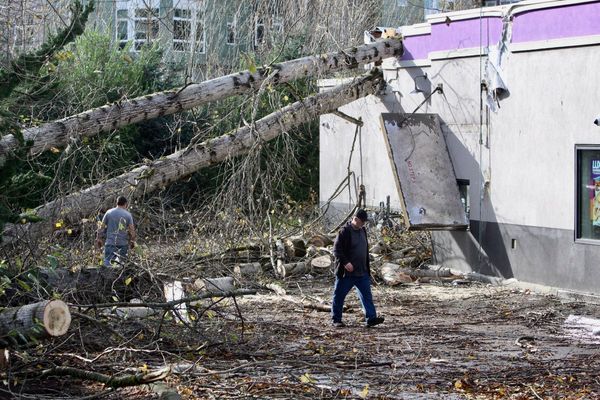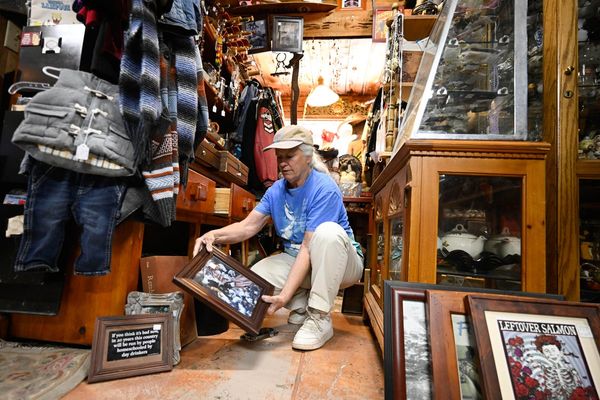Vibrant hues filled the air as millions of people across South Asia celebrated Holi, the Hindu festival of colour that signifies the arrival of spring in India.
Observed on the last full moon day of the Hindu luni-solar month of Falgun, Holi is marked by joyous gatherings, playful throwing of coloured powders, traditional music, dance, an abundance of sweets, and offering prayers to deities.
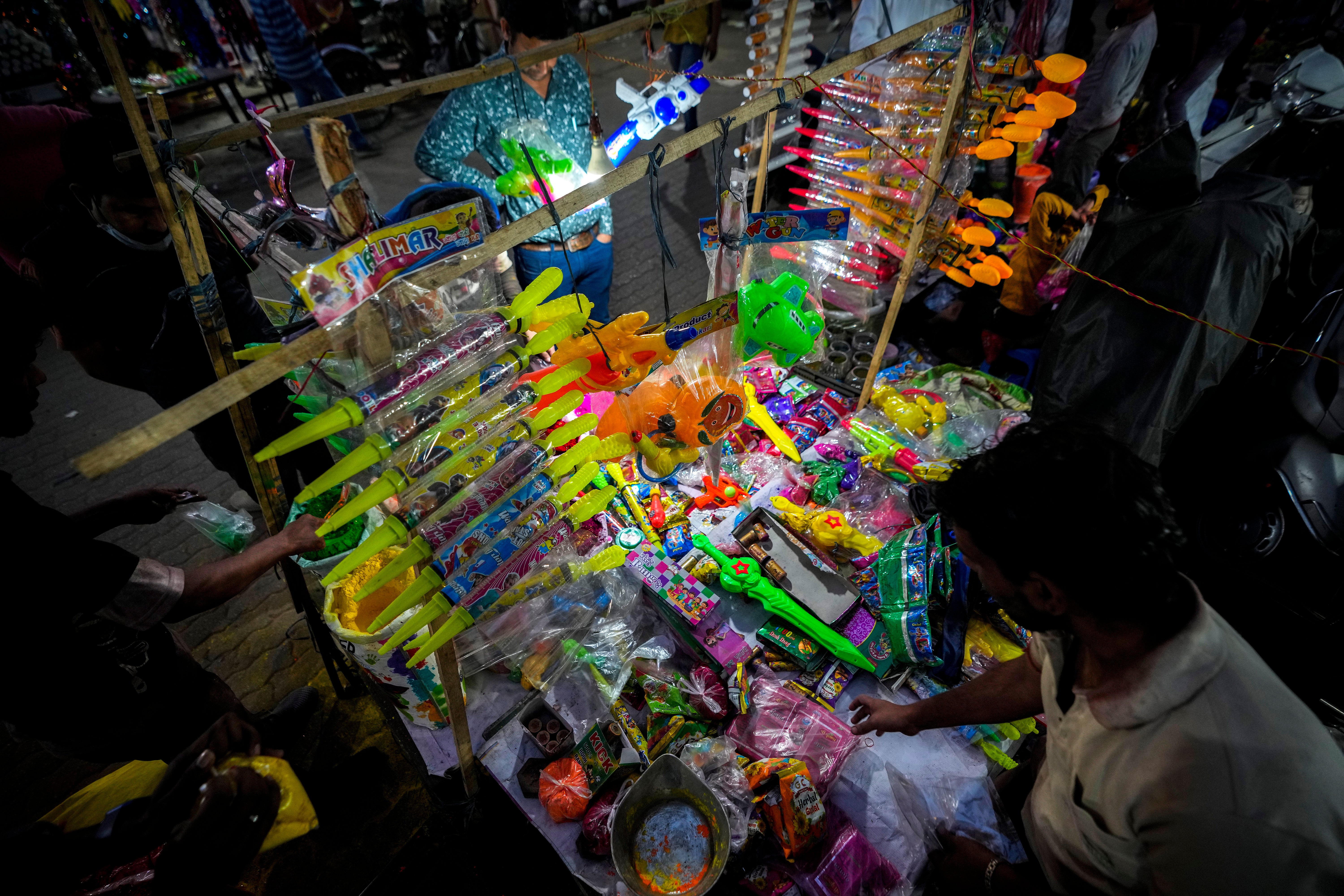
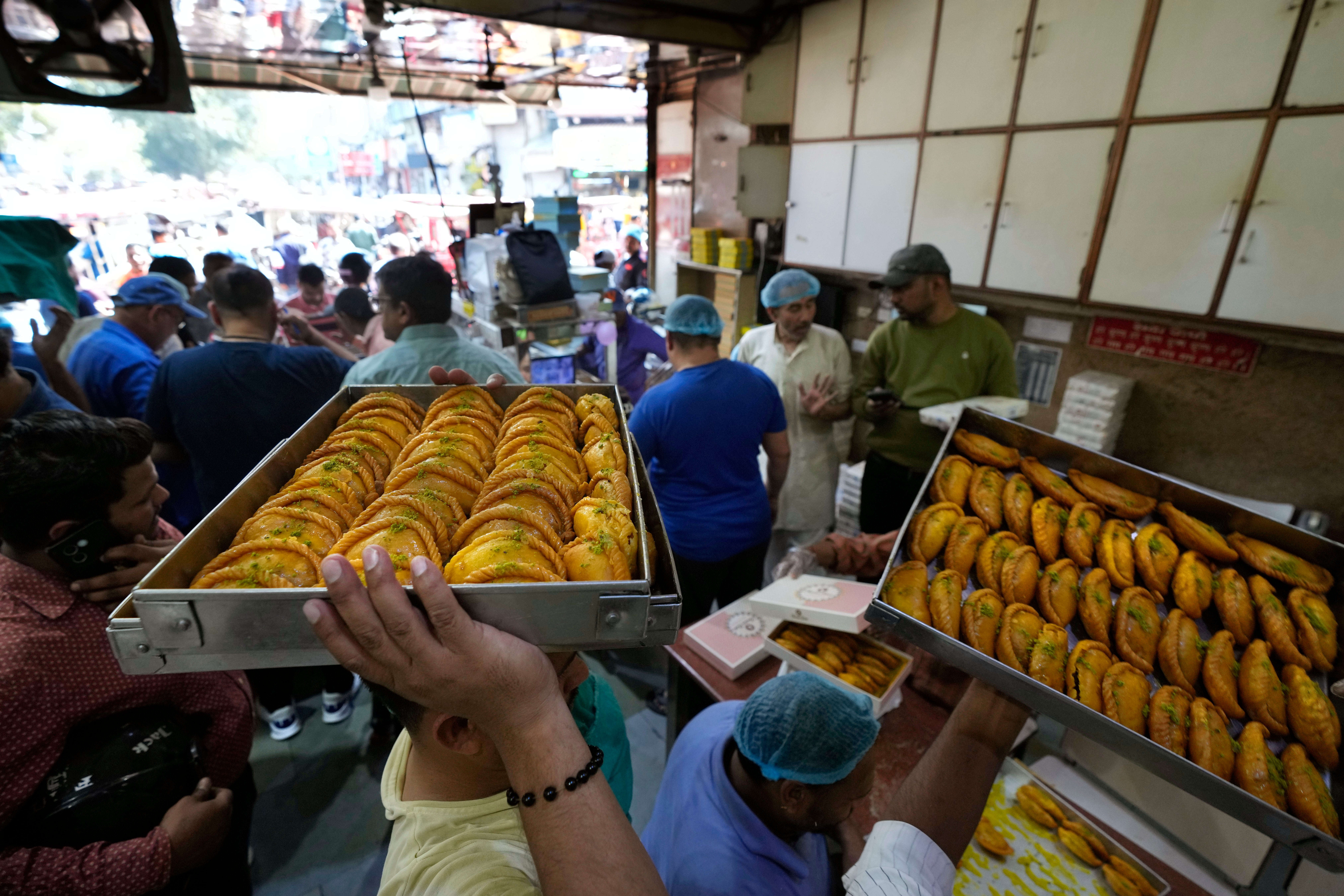
The origin of Holi is steeped in legends telling of the victory of righteousness over evil. The most popular story is that of demon king Hiranyakashipu and his son Prahlad. Hiranyakashipu, who was granted near-immortality by the gods, grew arrogant and demanded everyone worship him. However, Prahlad remained a devout follower of Lord Vishnu, defying his father's command.
Infuriated, Hiranyakashipu plotted to kill Prahlad with the help of his sister Holika, who had a boon that made her immune to fire. Holika tricked Prahlad into sitting with her on a burning pyre, but her boon failed and she perished in the flames while Prahlad, protected by his unwavering devotion to Vishnu, emerged unscathed.
The story is commemorated through the ritual of Holika Dahan, which involves the lighting of bonfires on the eve of Holi to symbolise the destruction of evil.
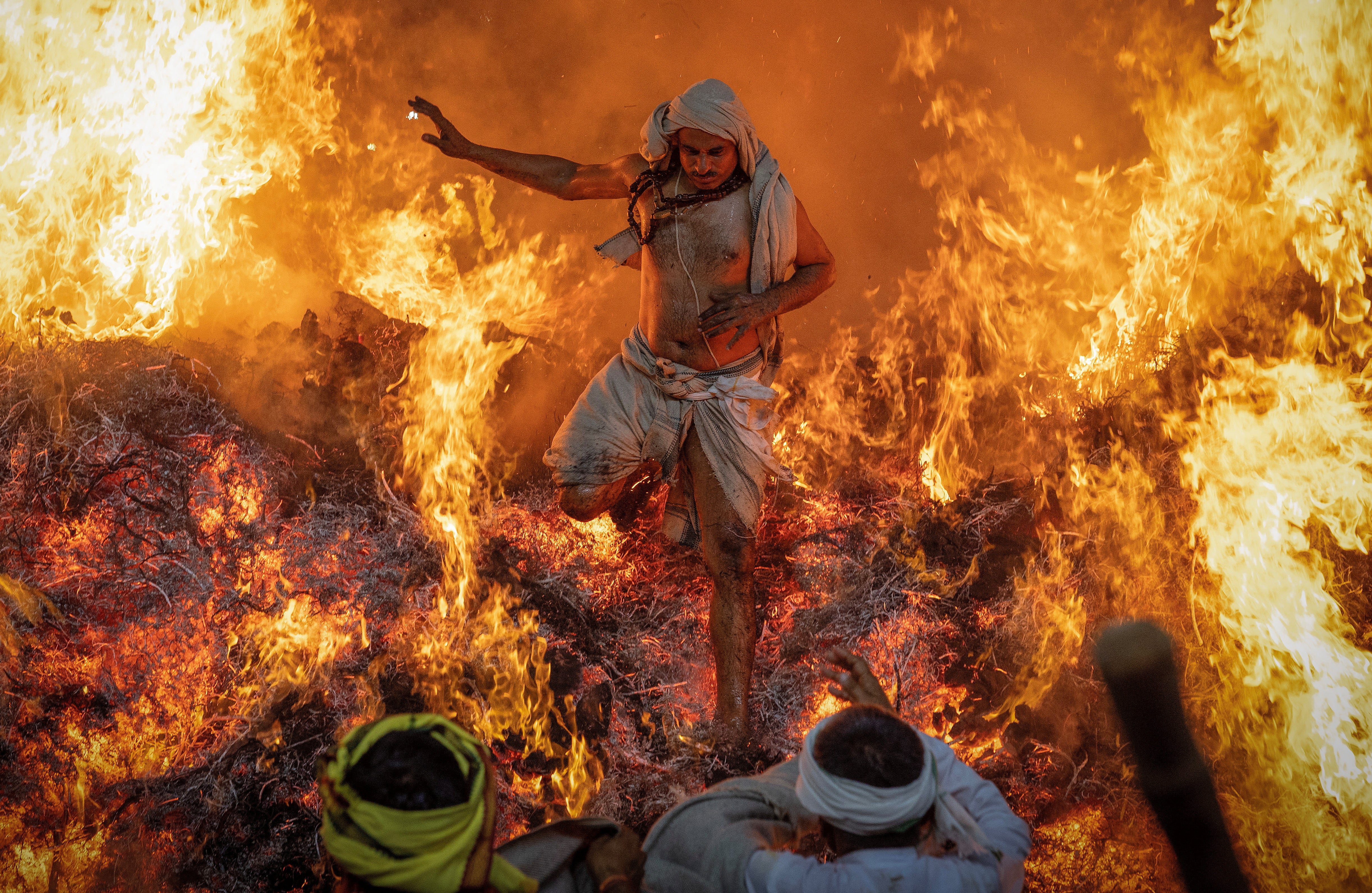

Another popular myth associates Holi with the playful love story of Lord Krishna and his consort Radha. The legend goes that dark-skinned Krishna was envious of Radha’s fair complexion, so his mother playfully suggested he smear colours on Radha's face to erase the difference. This legend is celebrated through the playful throwing of colours during Holi, symbolising love.
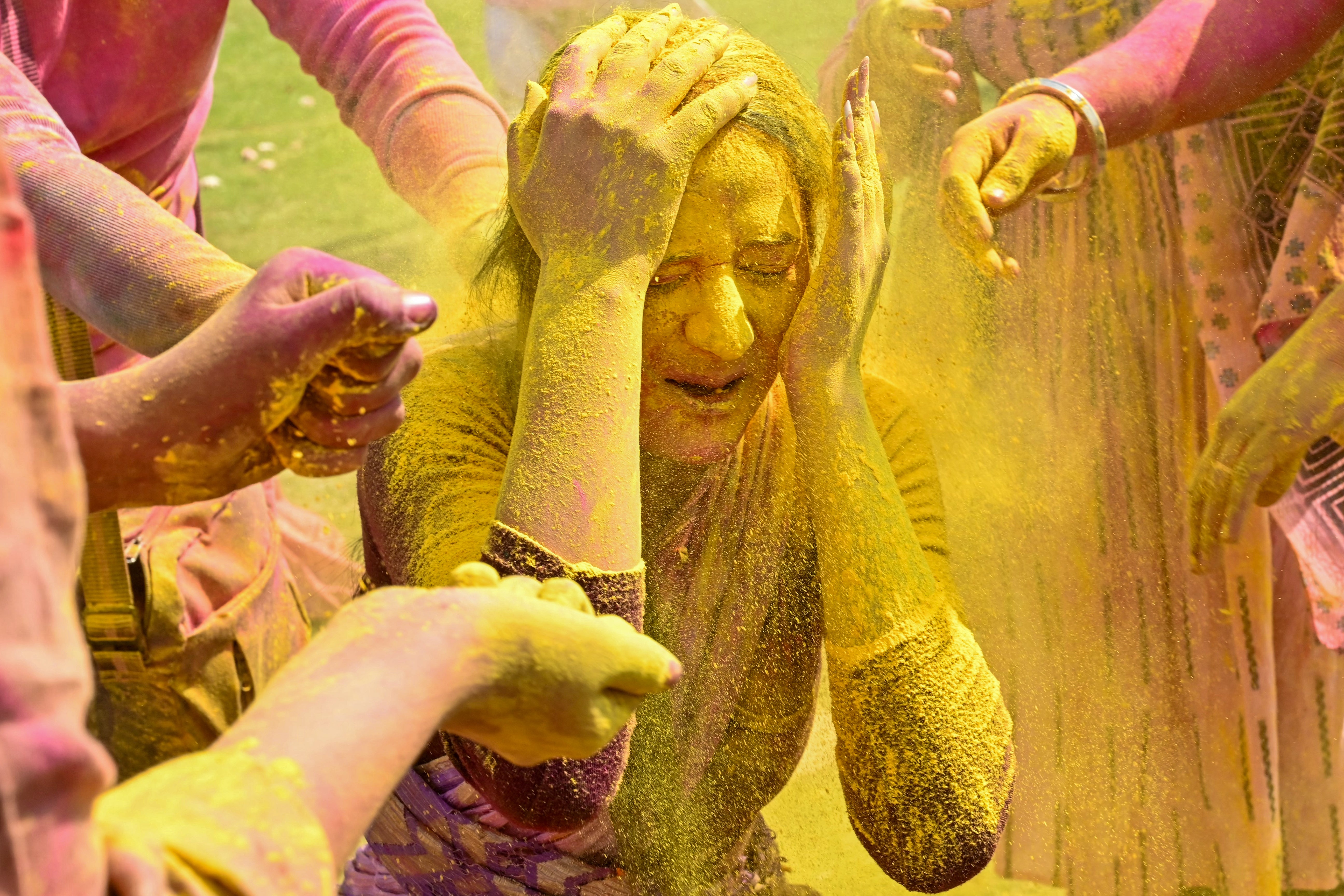
Northern India, particularly Uttar Pradesh state, celebrated the unique version of the festival called Lathmar Holi, which sees women playfully beat men with sticks and the men defend themselves with shields, re-enacting the legend of Krishna and Radha.
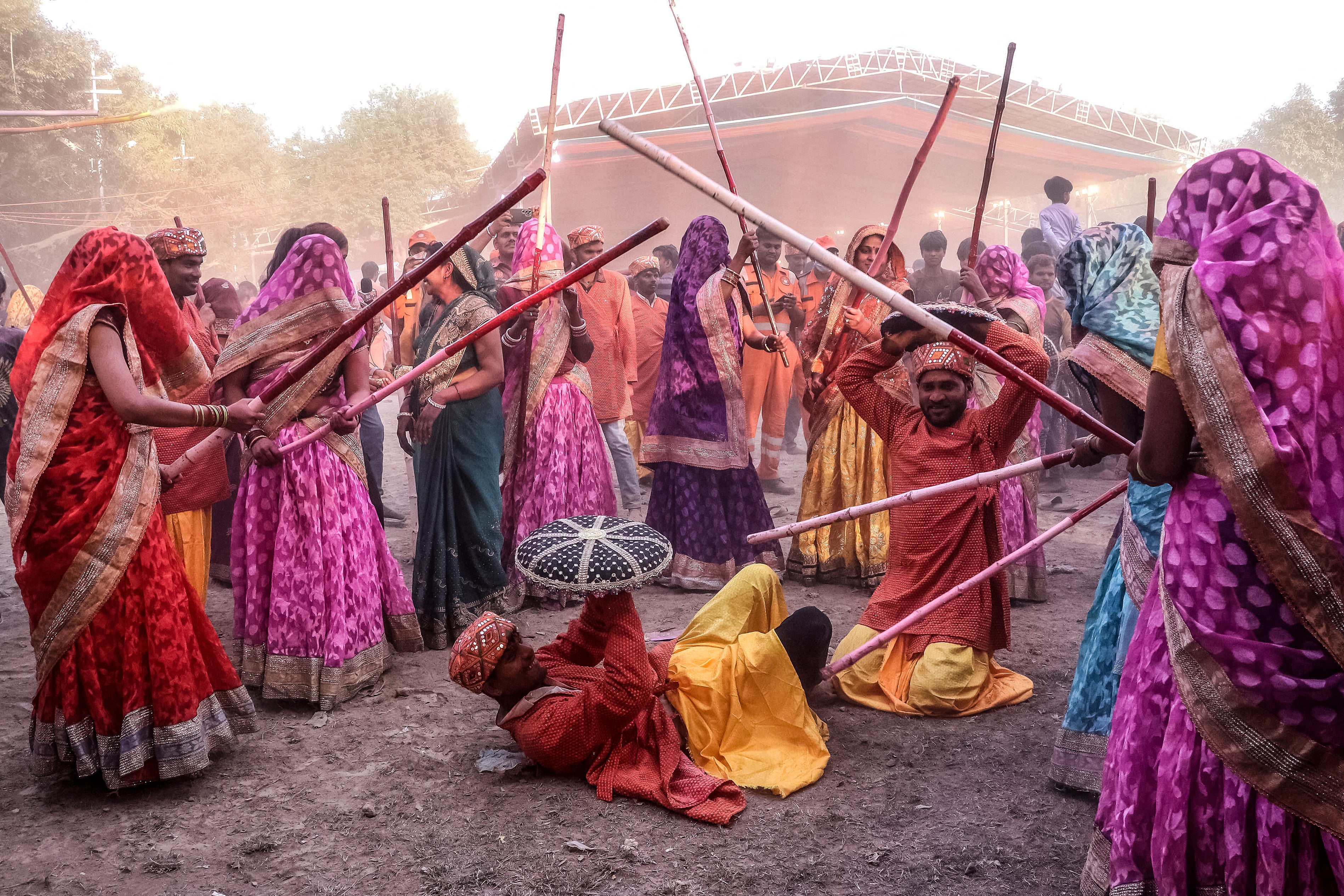
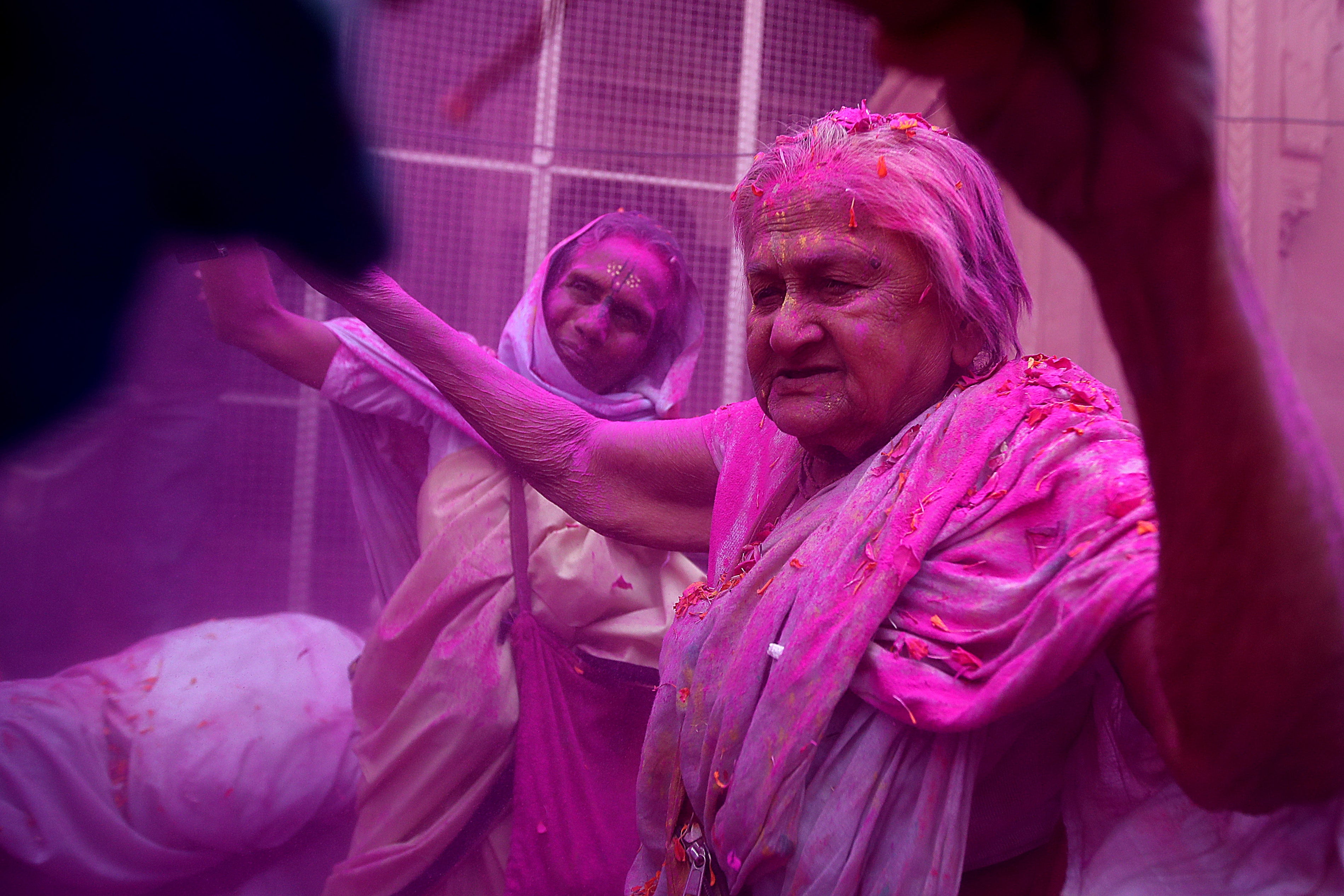
In the eastern state of West Bengal, Holi coincides with Basanta Utsav, a festival initiated by poet Rabindranath Tagore that celebrates spring with songs, dances, and cultural performances.

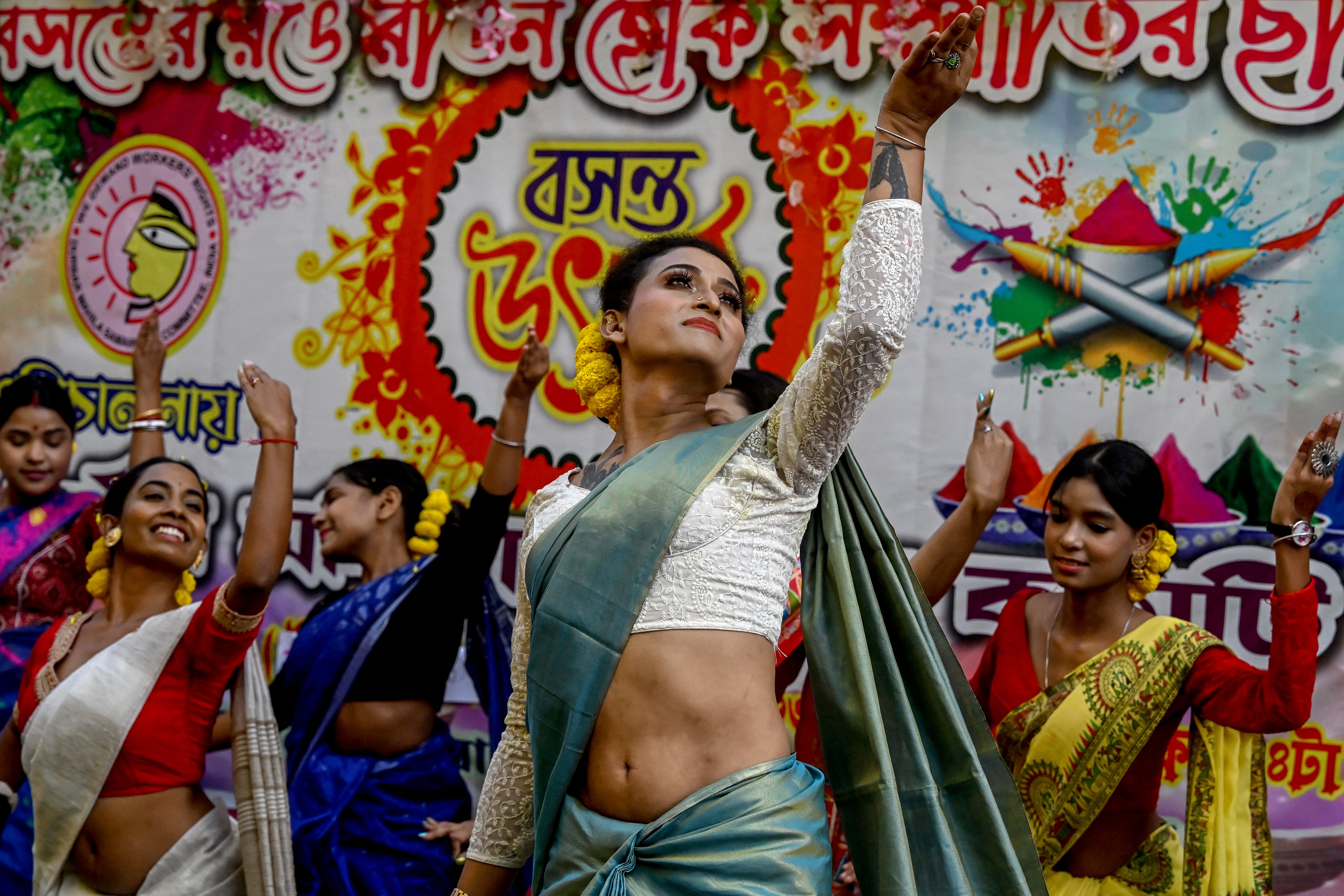
In Varanasi, Uttar Pradesh, the two-day Masaan, or crematorium, Holi along the banks of the Ganges river attracts thousands of visitors from across India and beyond. During this unique celebration, devotees and ascetics apply ashes from funeral pyres to each other's faces, honouring both the cycle of death and the Hindu god Shiva.
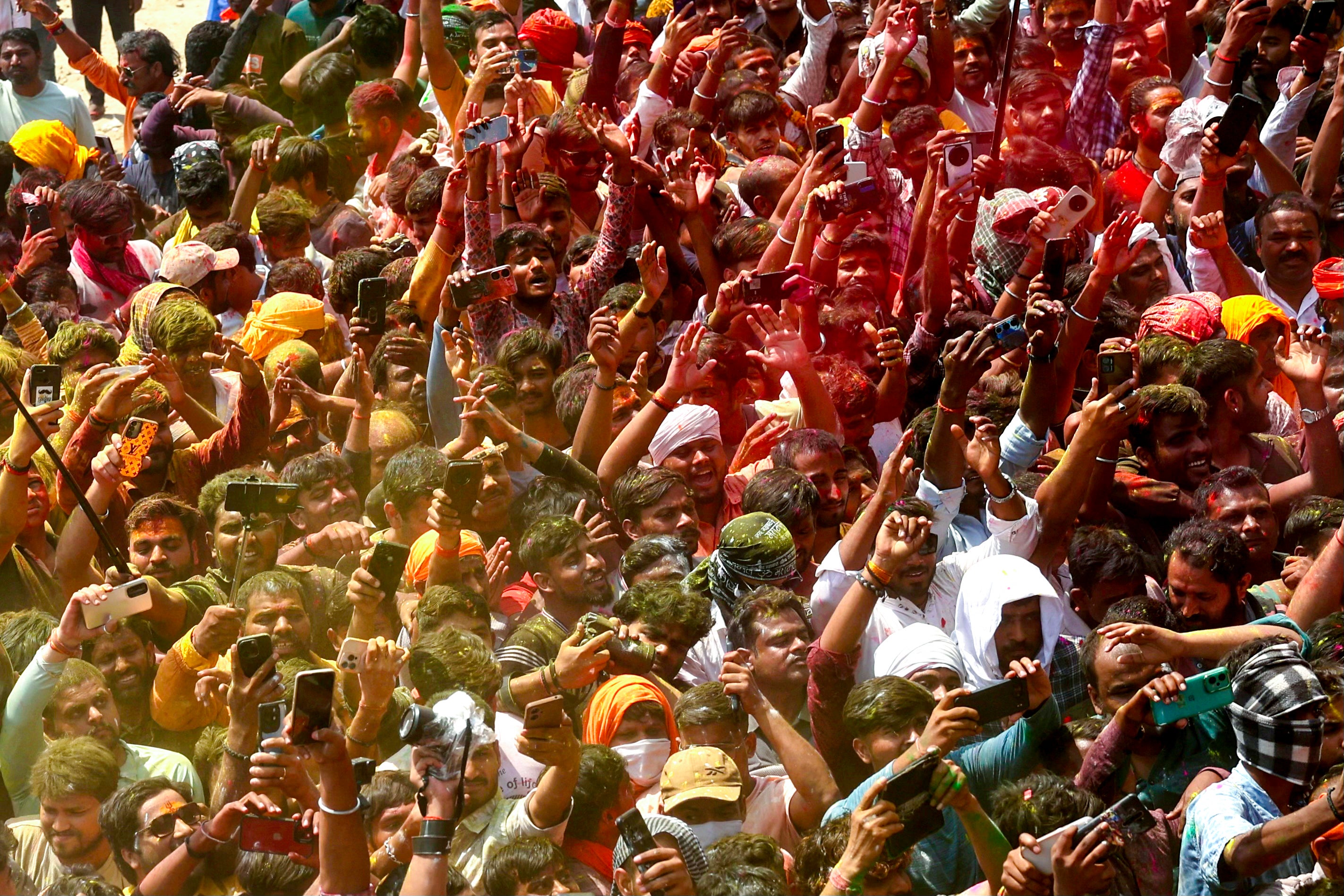
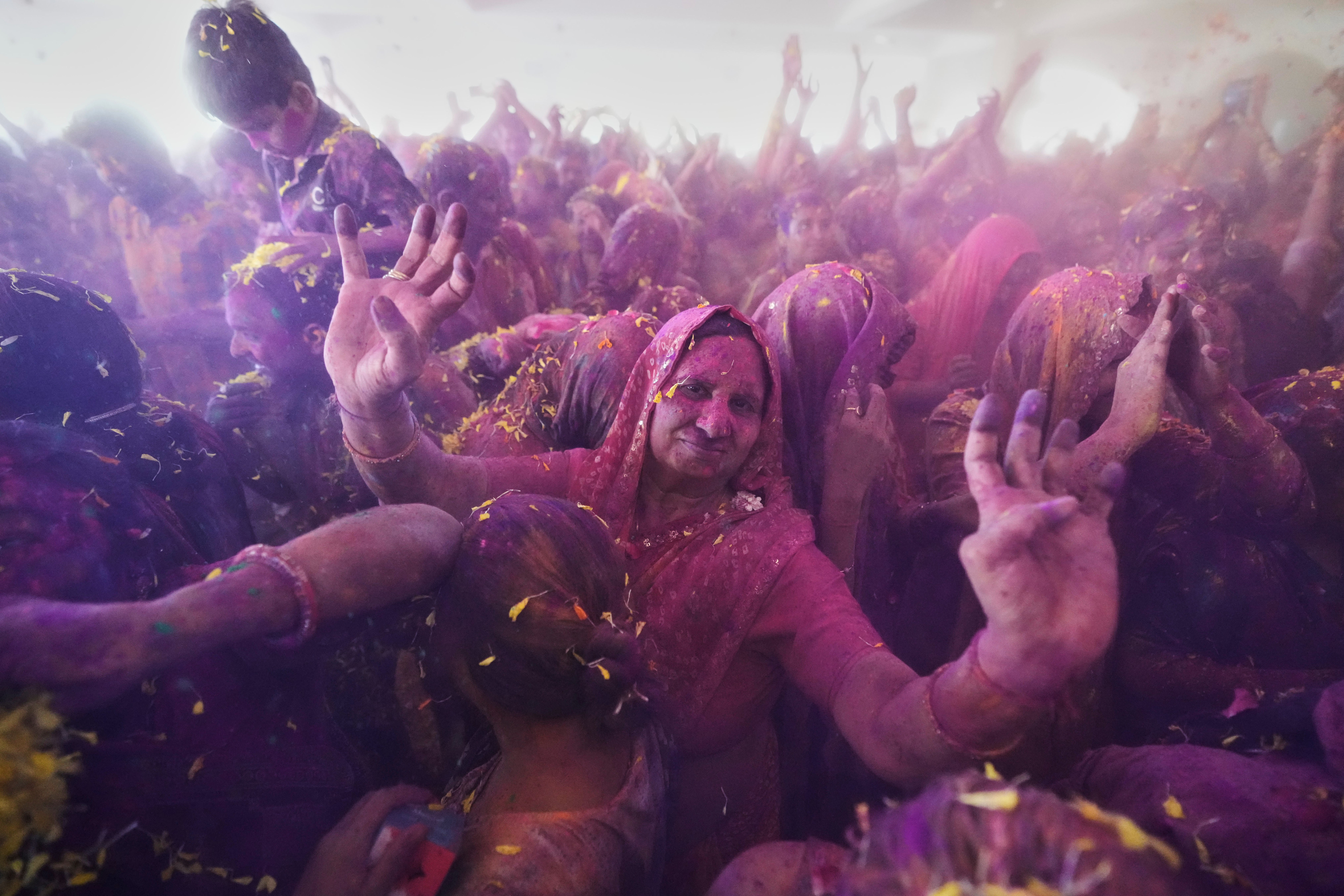
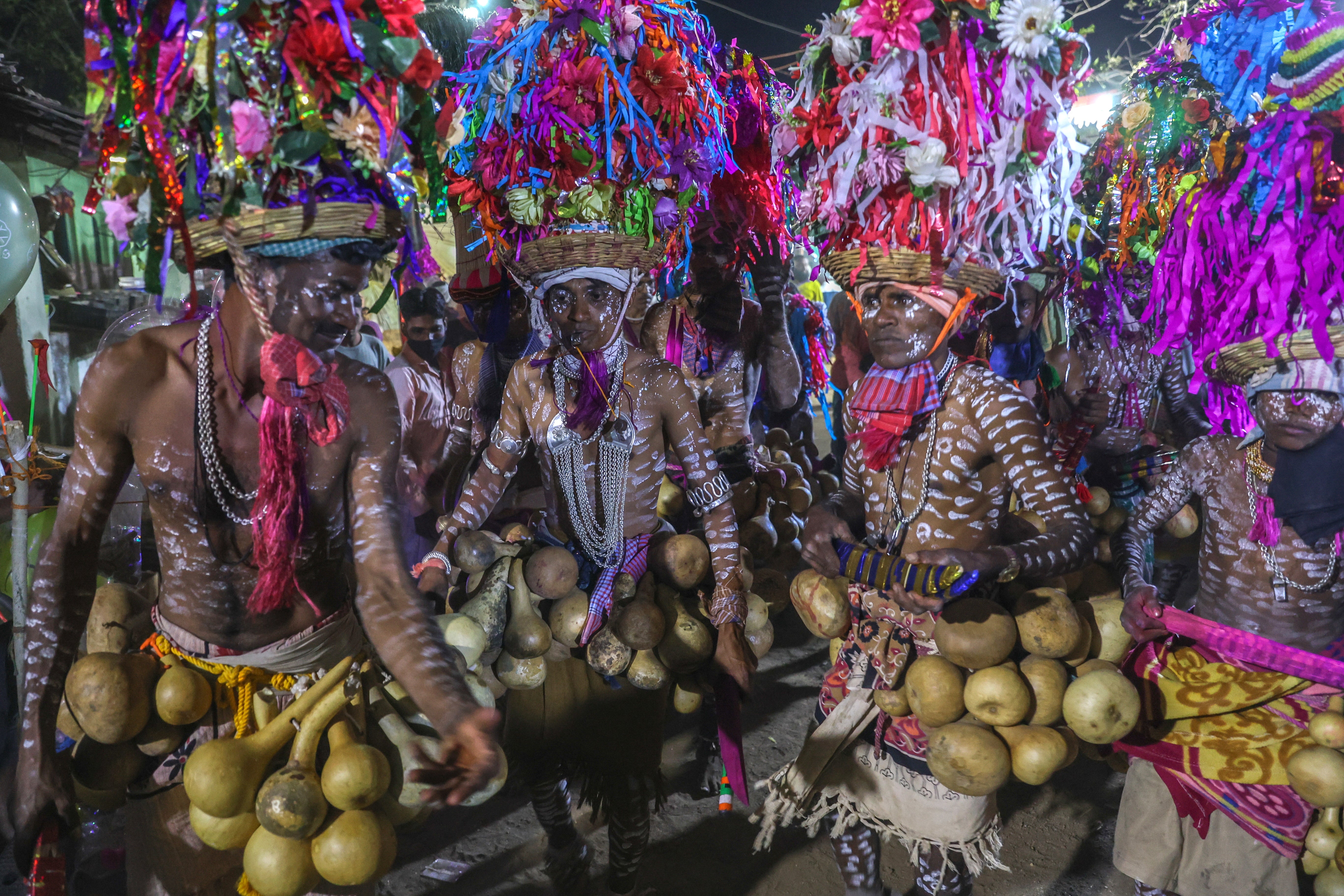
While Holi is known as the festival of joy and togetherness, many women have spoken out about harassment under the guise of playful colour-throwing. Incidents of groping, inappropriate touching, and verbal harassment have been reported, particularly in crowded public spaces.
A video shared by Indian actor Tushar Shukla showing men throwing colours and water at women while making lewd remarks sparked outrage on social media. “Today I went to play Holi in Barsana. Everything was great, it was fun,” he asks in the video. “But I have a question: do only girls go to play Holi in Barsana? Why are they directly targeted in such an indecent manner? Men also come, so why not engage with them?”

